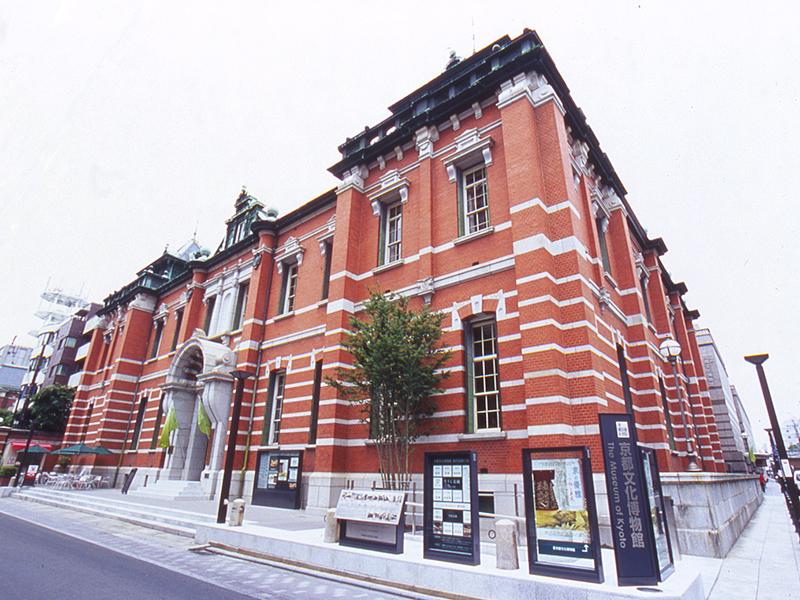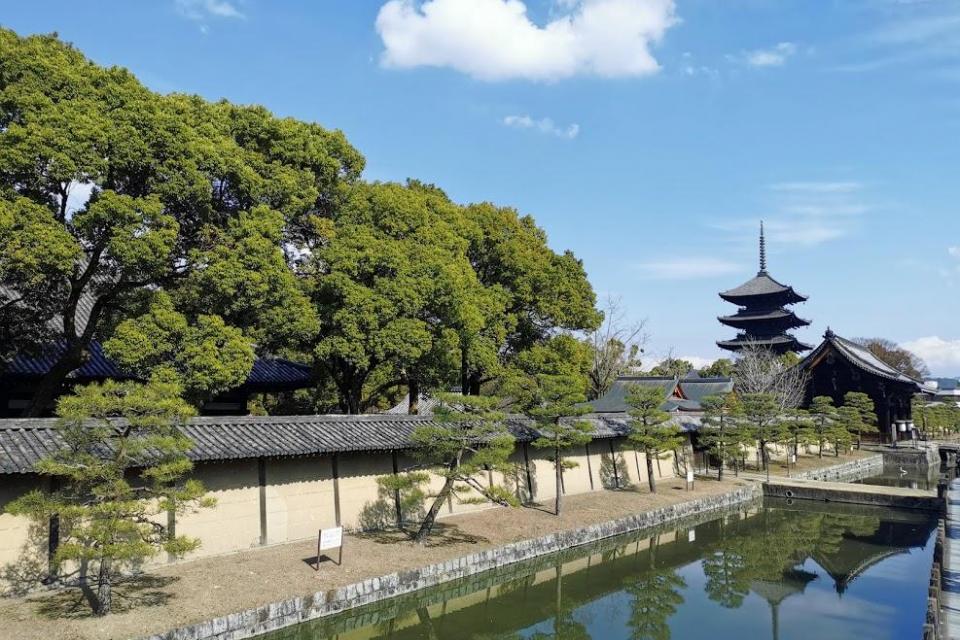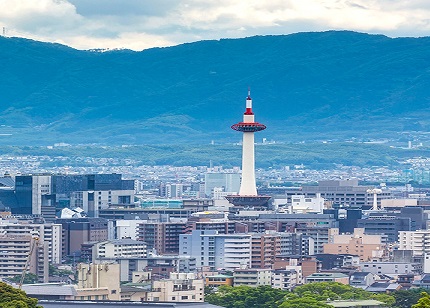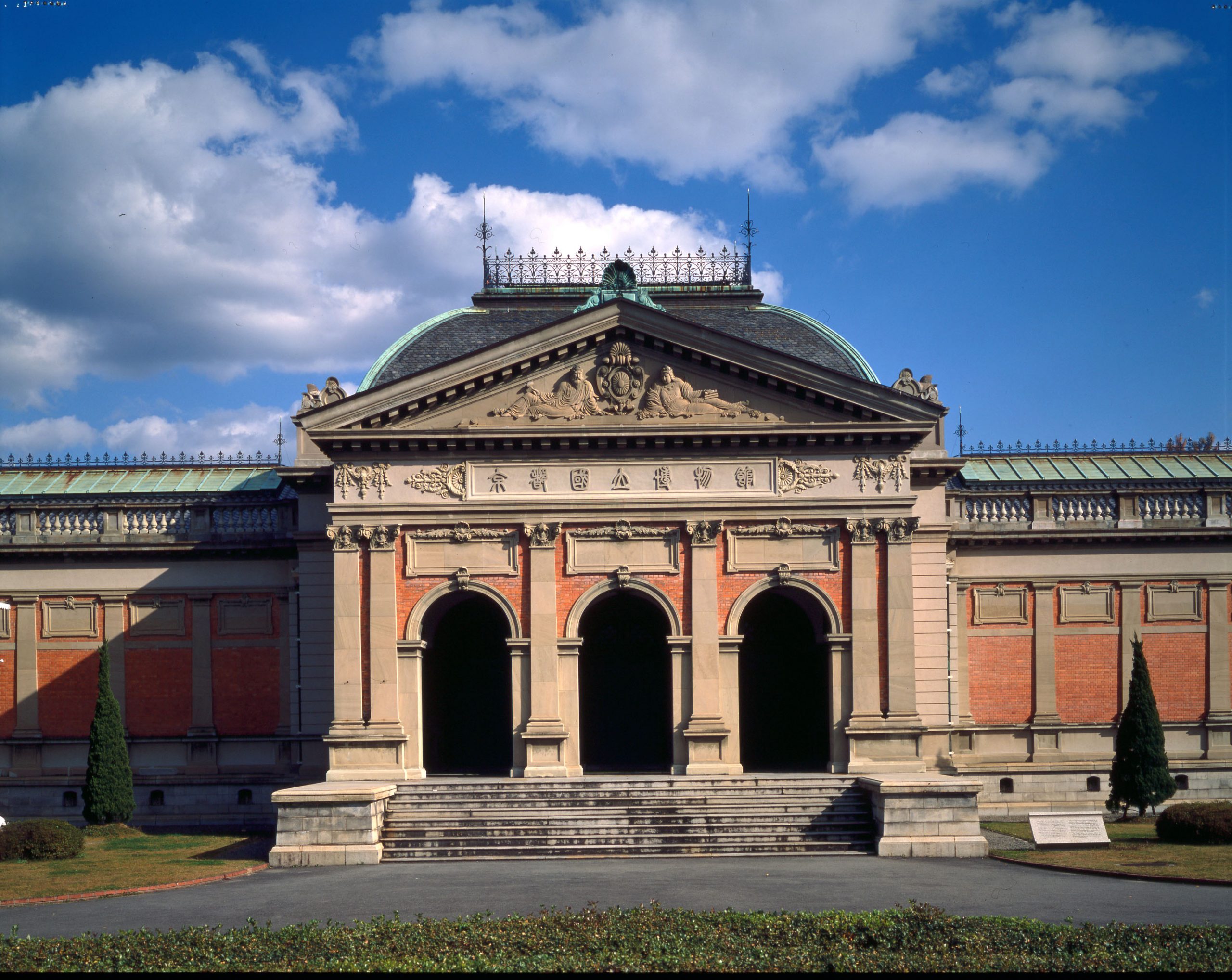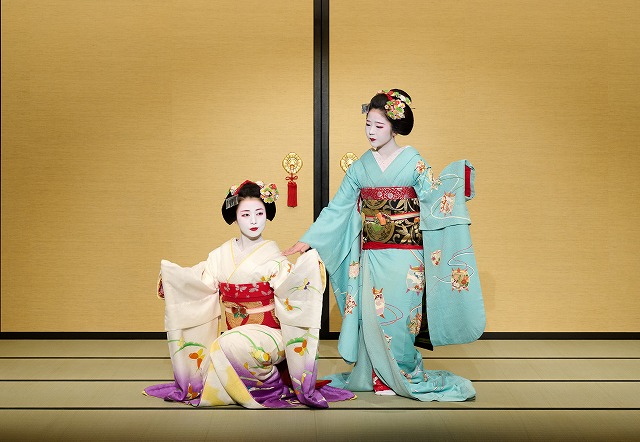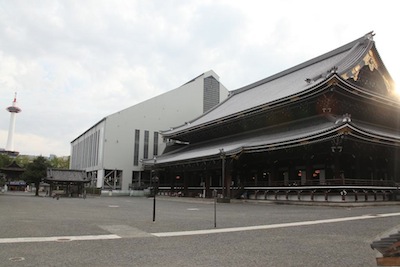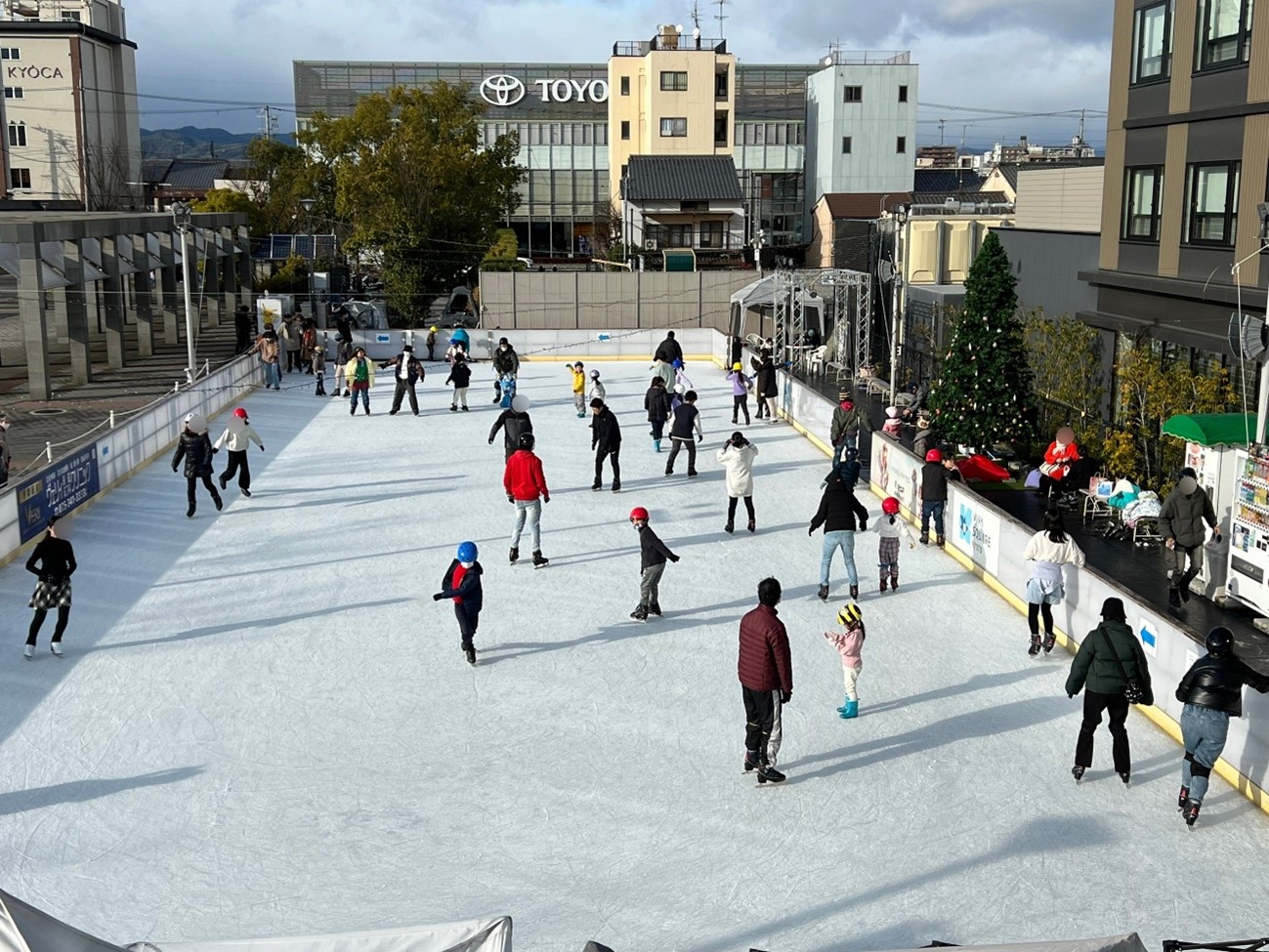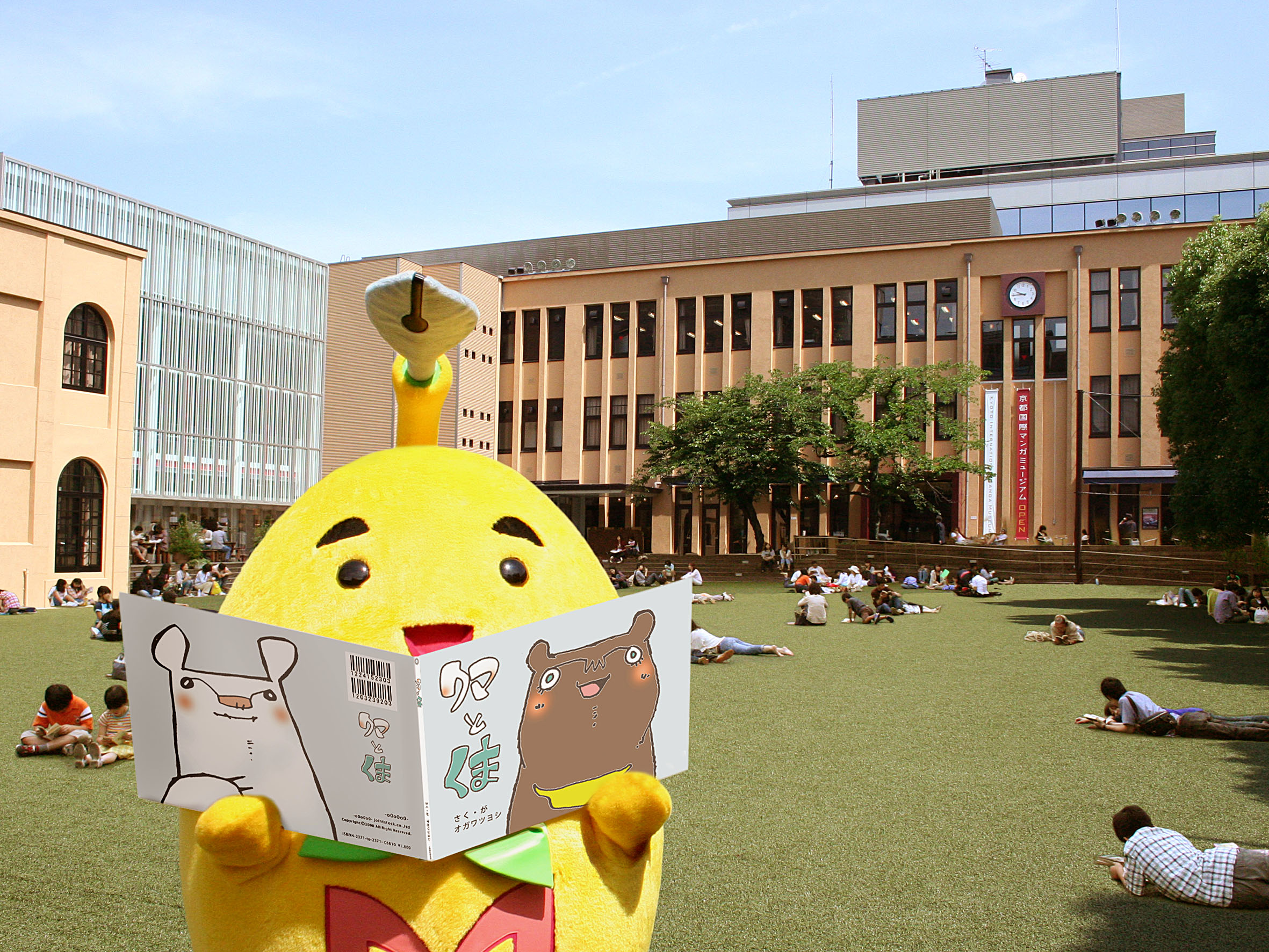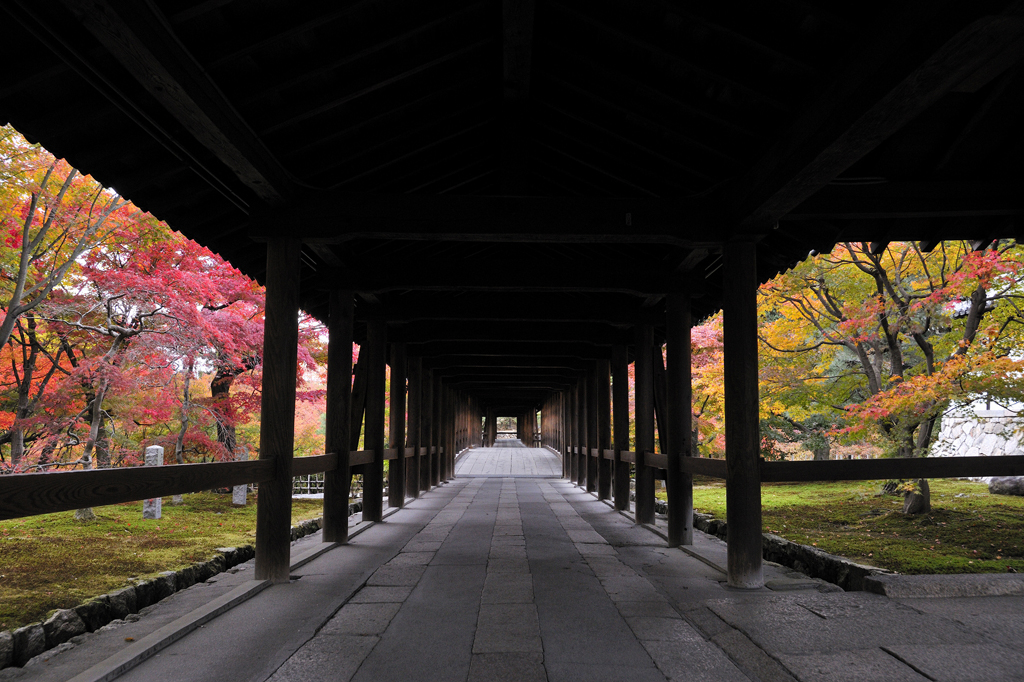
Tofuku-ji Temple is the head temple of the Tofuku-ji Temple branch of Rinzai Zen Buddhism and number three of the Five Mountains of Rinzai Zen in Kyoto. The mountain name of Tofuku-ji Temple is “Enichi-zan”
Tofuku-ji Temple is well known as one of the most popular spots for admiring Kyoto’s beautiful autumn foliage. The maple trees beside the Tsutenkyo Bridge in the temple are its centerpiece. Tofuku-ji Temple is also noted for its many excellent landscape gardens arranged with a fine blend of moss and stones. Among the outstanding Buddhist architecture on the grounds is the twenty-two meter high Sanmon (gate), built in 1425, the oldest Zen main gate in Japan. The yokushitsu bath house, west of Sanmon was built in the classical style and was designated as an Important Cultural Property by the Japanese government.
This temple was founded in 1236 by the priest Enni Ben’en (120-1280). Throughout its history, it has been one of the largest and most important Kyoto Zen temples and gave rise to many famous monks.
The founder desired to build in Kyoto a great temple comparable in grandeur to the great temples of Todai-ji Temple and Kofuku-ji Temple in Nara. The temple name “Tofuku-ji” was taken from the “To” of Todai-ji Temple and “Fuku” of Kofuku-ji Temple.
Basic Information
- Address : 15-778 Honmachi Higashiyama-ku, Kyoto
- Website : Click here (Japanese)

